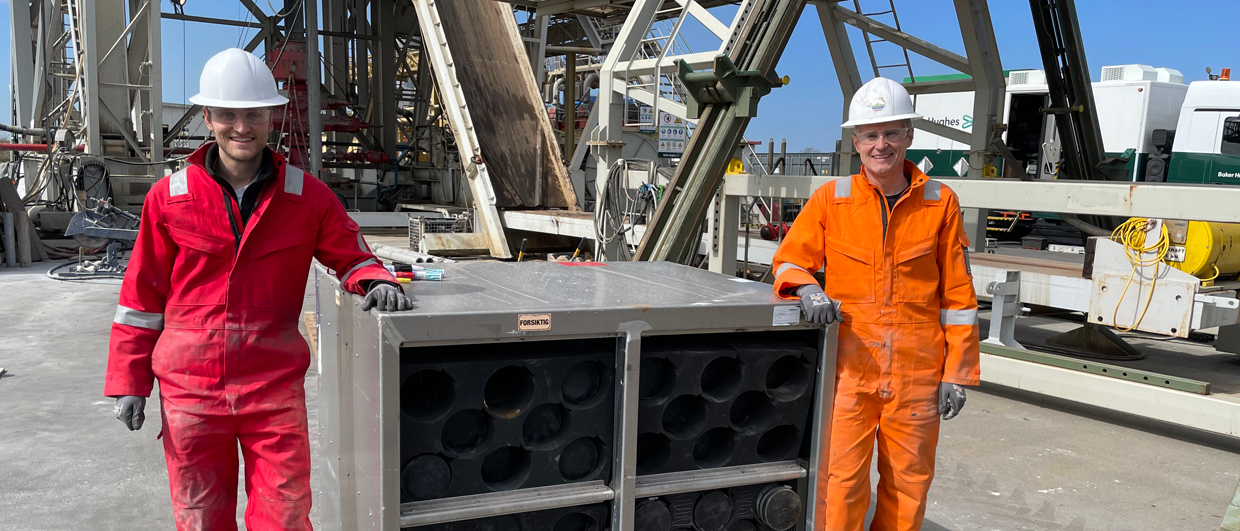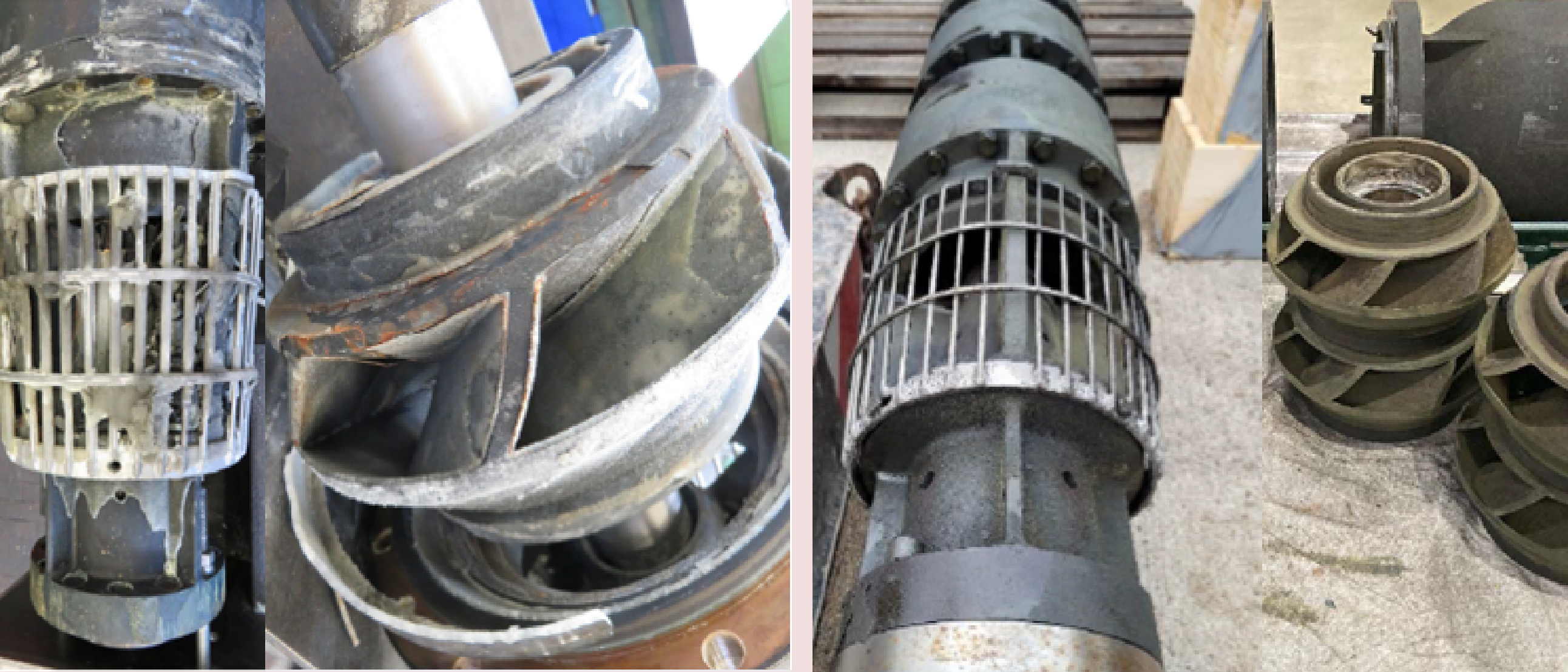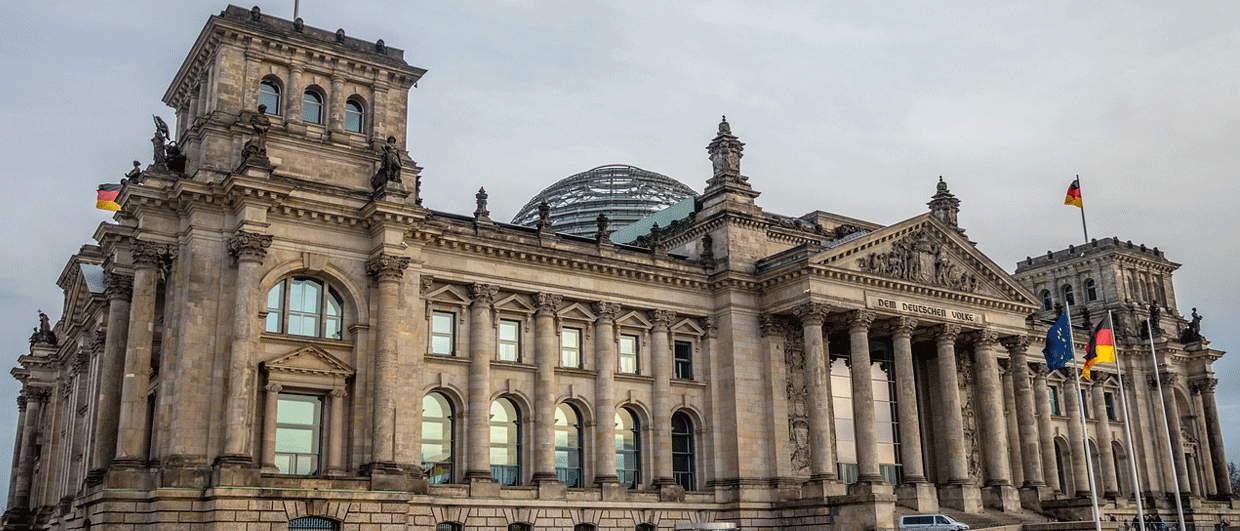In the Münsterland Basin in Germany, a new seismic campaign will start in a few days’ time in order to further investigate the geothermal potential of strata buried to a depth of about 6 kilometres.
As we already reported on in March this year, the Geological Survey of Nordrhein Westfalen and the research Institute Fraunhofer IEG joined forces to unlock the geothermal potential of this underexplored basin just north of the Rhenish Massif in the northwest of Germany.
The Münsterland Basin is characterised by an up to 2000 m thick succession of Upper Cretaceous Chalk overlying folded Carboniferous strata of even greater thickness. In turn, Devonian limestones underlie the Carboniferous succession.

Both Cretaceous and Devonian limestones may be a target for geothermal drilling in the area. Along the southern margin of the Münsterland Basin, Devonian carbonates have already been investigated through a seismic acquisition campaign earlier this year.
One attempt to drill the entire Carboniferous succession in the basin succeeded (well Münsterland-1) but (gas) prospective intervals were not found and little drilling has happened since.
HENK KOMBRINK





